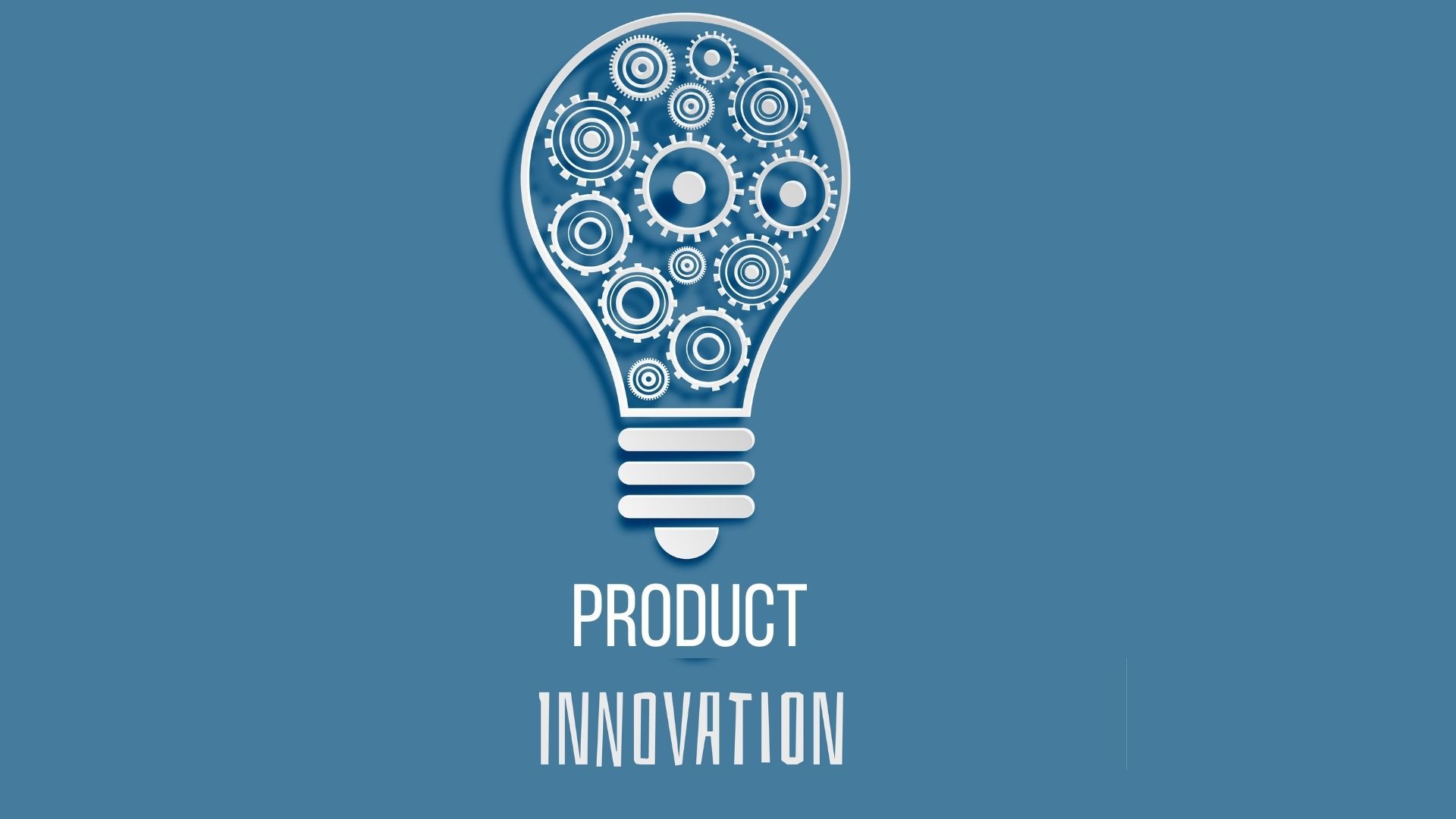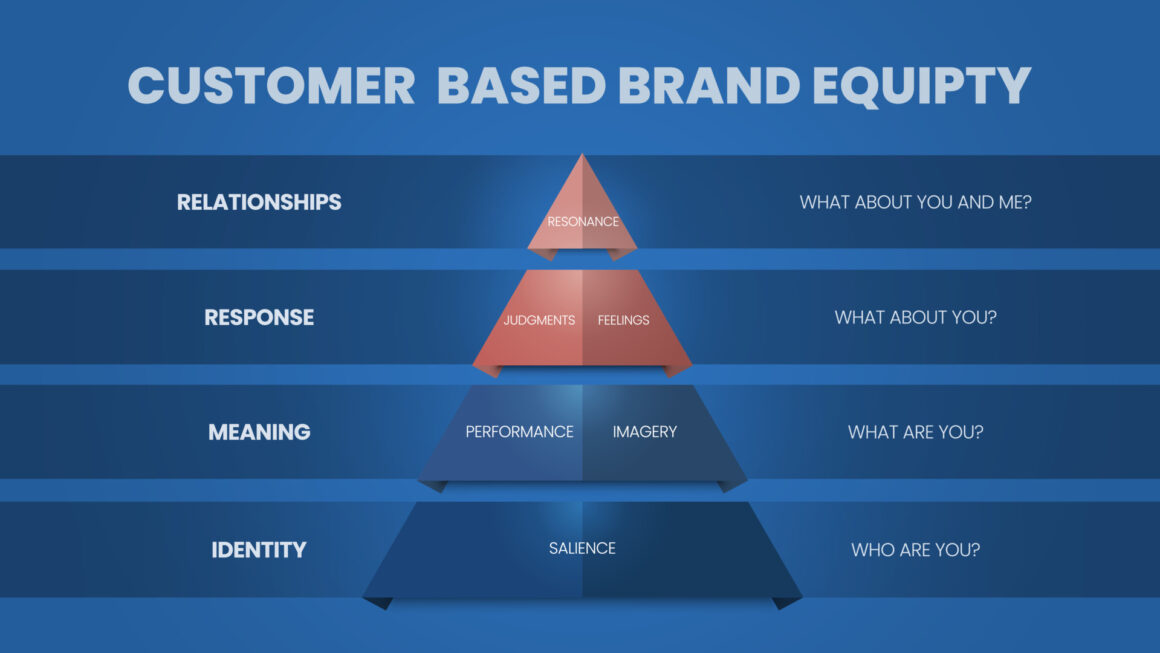Product innovation is defined as the development of new products, changes in the design of established products, or the use of new materials or components in the manufacture of established products.
Numerous examples of product innovation include introducing new products, enhanced quality, and improving its overall performance. Product innovation, alongside cost-cutting innovation and process innovation, are three different classifications of innovation that aim to develop a company’s production methods.
Thus product innovation can be divided into two categories of innovation: radical innovation which aims at developing a new product, and incremental innovation which aims at improving existing products.

Examples
Advantages of product innovation
Growth, expansion, and gaining a competitive advantage: A business that is capable of differentiating its product from other businesses in the same industry to large extent will be able to reap profits. This can be applied to how smaller businesses can use product innovation to better differentiate their product from others.
Product differentiation can be defined as “A marketing process that showcases the differences between products. Differentiation looks to make a product more attractive by contrasting its unique qualities with other competing products. Successful product differentiation creates a competitive advantage for the seller, as customers view these products as unique or superior.”
Therefore, small businesses that are able to utilize product innovation effectively will be able to expand and grow into larger businesses, while gaining a competitive advantage over their remaining competitors
Brand switching: Businesses that once again are able to successfully utilize product innovation will thus entice customers from rival brands to buy its product instead of as it becomes more attractive to the customer.
One example of successful product innovation that has led to brand switching is the introduction of the iPhone to the mobile phone industry (which has caused mobile phone users to switch from Nokia, Motorola, Sony Ericsson, etc. to the Apple iPhone).
Disadvantages of product innovation
Counter Effect of Product Innovation: Not all businesses/ competitors do not always create products/ resources from scratch, but rather substitute different resources to create product innovation and this could have an opposite effect of what the business/ competitor is trying to do. Thus, some of these businesses/ competitors could be driven out of the industry and will not last long enough to enhance their products during their time in the industry.
High Costs and High Risk of Failure: When a business attempts to innovate its product, it will inject lots of capital and time into it, which requires severe experimentation. Constant experimentation could result in failure for the business and will also cause the business to incur significantly higher costs. Furthermore, it could take years for a business to successfully innovate a product, thus resulting in an uncertain return.
Disrupting the outside world: For product innovation to occur, the business will have to change the way it runs, and this could lead to the breaking down of relationships between the business and its customers, suppliers, and business partners. In addition, changing too much of a business’s product could lead to the business gaining a less reputable image due to a loss of credibility and consistency.
Also Read:
To read more content like this, subscribe to our newsletter



